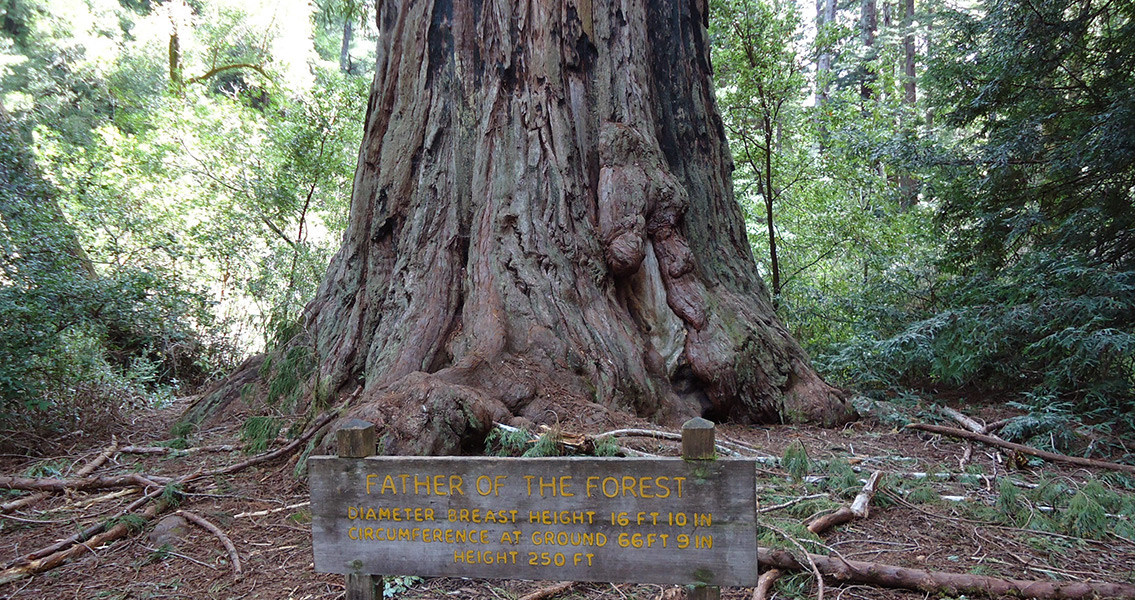<![CDATA[Just a scant 12 miles north of San Francisco and nestled in a stand of coastal redwood trees is Tree 76. The tallest tree in the entire Muir Woods National Park, Tree 76 stands at nearly 250 feet tall; it’s a prime specimen when it comes to Californian redwoods, those particularly long-lived trees endemic to the west coast that soar over the landscape. For years, Tree 76 has been considered to be in the region of 1,500 years old. Based on its massive height, the coastal redwood was thought to have been a sapling when Beowulf was tearing the arms off of Grendel in Hrothgar’s great mead hall in the early centuries of the Middle Ages. However, a new research method used to determine the age of trees in Muir Woods has revealed that Tree 76 might be much younger than originally estimated – and in fact could be only around half that age. According to the new study, conducted by tree ring specialist Allyson Carroll from Humboldt State University, Tree 76 is likely closer to just 777 years old, though there’s a margin of error of around three decades. The technique that Carroll and her colleagues employed involves extracting core samples about the diameter of a pencil from several spots up and down the length of a tree's trunk. These samples are then compared to several other trees in the vicinity; it was this method that led the Humboldt State team to revise the age of Tree 76. The university has partnered with Save the Redwoods League, a nonprofit organization tasked with the protection and the restoration of the coastal redwood forests. The league’s science director, Emily Burns, says that the results of the study were quite encouraging. In an interview with the San Francisco Chronicle, Burns remarked that Tree 76, “one of the largest redwoods in Muir forest”, was likely representative of the oldest in the region. Save the Redwoods has been participating in the Redwoods and Climate Change Initiative, a state-wide research project to document the health, tree ring history, age and size of rapidly dwindling old growth redwoods within California. The hope is to understand how weather and climate patterns can influence the growth of these massive trees; coastal redwoods are highly dependent on high-moisture conditions in order to flourish. Coastal redwoods, which tend to be taller but thinner than the giant sequoia that grow in the Sierra Nevada mountain range, are considered the tallest trees in the world. The tallest of the coastal redwoods, located further north and known as the Hyperion tree, is over 379 feet in height and is thought to be around 700 to 800 years old. Other, shorter coastal redwoods have been estimated to be more than 2,520 years old. Burns says that there are many reasons why the redwoods in Muir Woods are so much younger than those found further north up the coast. Older generations of trees in the region could have easily been wiped out by natural disasters such as wildfires or landslides. Image courtesy of Wikimedia Commons user: Tomwsulcer ]]>
Tallest Tree in Muir Woods Not as Old as Originally Thought
